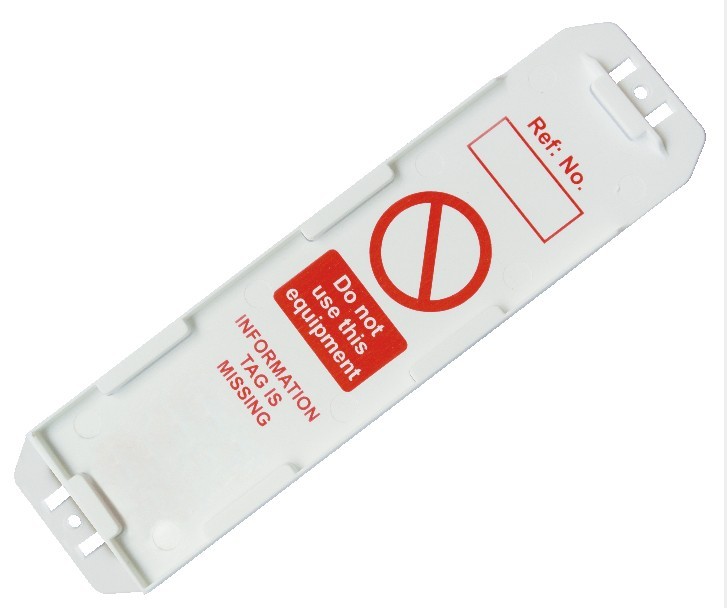1. Classification by chemical composition
Carbon steel can be classified into low carbon steel, medium carbon steel and high carbon steel according to chemical composition (ie, carbon content).
(1) Low carbon steel
Also known as mild steel, carbon content from 0.10% to 0.30% low carbon steel is easy to accept a variety of processing such as forging, welding and cutting, commonly used in the manufacture of chains, rivets, bolts, shafts and so on.
(2) Medium carbon steel
Carbon steel with a carbon content of 0.25% to 0.60%. There are a variety of products such as killed steel, semi-killed steel, boiling steel. In addition to carbon, it may contain a small amount of manganese (0.70% to 1.20%). Divided into ordinary carbon structural steel and high quality carbon structural steel according to product quality. Good thermal processing and cutting performance, poor welding performance. Strength and hardness are higher than low carbon steel, and plasticity and toughness are lower than low carbon steel. The hot rolled material and the cold drawn material may be directly used without heat treatment, and may be used after heat treatment. The medium carbon steel after quenching and tempering has good comprehensive mechanical properties. The highest hardness that can be achieved is about HRC 55 (HB538), and σb is 600 to 1100 MPa. Therefore, medium carbon steel is the most widely used in various applications at medium strength levels. In addition to being used as building materials, it is also used in the manufacture of various mechanical parts.
(3) High carbon steel
Often referred to as tool steel, carbon content from 0.60% to 1.70%, can be hardened and tempered. Hammers, crowbars, etc. are made of steel with a carbon content of 0.75%; cutting tools such as drill bits, wire taps, reamers, etc. are made of steel with a carbon content of 0.90% to 1.00%.
2. Classification by steel quality
According to the quality of steel, it can be divided into ordinary carbon steel and high quality carbon steel.
(1) Ordinary carbon structural steel, also known as ordinary carbon steel, has a wide limit on carbon content, performance range, and phosphorus, sulfur and other residual elements. In China and some countries, according to the guarantee conditions of delivery, it is divided into three categories: Class A steel (A steel) is steel that guarantees mechanical properties. Class B steel (B steel) is a steel that guarantees chemical composition. Special steel (C steel) is a steel that not only guarantees mechanical properties but also ensures chemical composition, and is often used to manufacture more important structural parts. China currently produces and uses the most A3 steel (Group A steel) with a carbon content of about 0.20%, which is mainly used for engineering structures.
Some carbon structural steels also add trace amounts of aluminum or niobium (or other carbide forming elements) to form nitrides or carbide particles to limit grain growth, strengthen steel, and save steel. In China and some countries, in order to meet the special requirements of professional steel, the chemical composition and properties of ordinary carbon structural steel are adjusted, thus developing a series of professional steel for ordinary carbon structural steel (such as bridges, buildings, Steel for steel bars and pressure vessels, etc.).
(2) Compared with ordinary carbon structural steel, high-quality carbon structural steel has a lower content of sulfur, phosphorus and other non-metallic inclusions. According to the carbon content and the use, these steels are roughly divided into three categories: 1 is less than 0.25% C is low carbon steel, especially 08F, 08Al, etc. containing less than 0.10% carbon, due to good depth It is widely used as a deep-drawing part such as a car, a can, etc. for squeezing and weldability. 20G is the main material for the manufacture of ordinary boilers. In addition, low carbon steel is also widely used as a carburized steel for machinery manufacturing. 20.25~0.60%C is medium carbon steel, which is used in the state of quenching and tempering to make parts of machinery manufacturing industry. 3 is greater than 0.6% C for high carbon steel, mostly used in the manufacture of springs, gears, rolls and so on. According to the difference of manganese content, it can be divided into two groups of ordinary manganese content (0.25-0.8%) and higher manganese content (0.7-1.0% and 0.9-1.2%). Manganese can improve the hardenability of steel, strengthen ferrite, and improve the yield strength, tensile strength and wear resistance of steel. The label "Mn", such as 15Mn, 20Mn, is usually added after the grade of the steel containing high manganese to distinguish it from the normal manganese content of carbon steel.
Our isolation safety lockout tagout Warning Tag indicates who is responsible for placing a lockout device and who is authorized to remove it or make changes to it. This safety lockout tags are printed on both sides, making sure the vital information is always visible. The tags are printed on both sides, we can get clear information about who is in charge of this locked equipment.

Lock Out Tag,Warning Tag,Lockout Labels,Tagout Tags
Lockey Safety Products Co., Ltd. , http://www.lotolockey.com